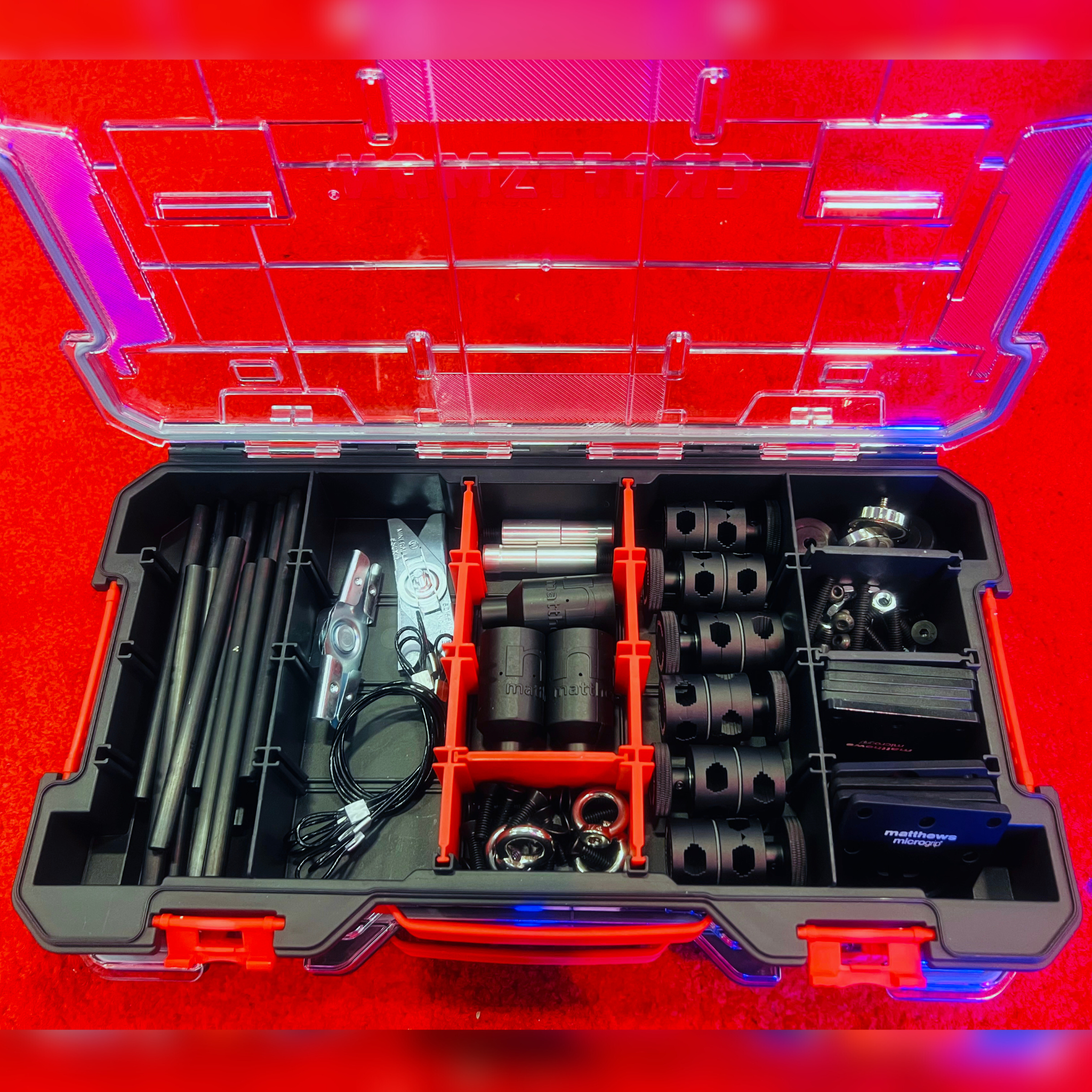White Space Wi-Fi Draft Standard Prototype Developed
TOKYO – Japan’s National Institute of Information and Communications Technology says it has developed “the world’s first Wi-Fi prototype” for TV band white spaces based on IEEE’s 802.11af draft specification. NICT said the system “is the first prototype that verifies the physical and media-access control layer design of the draft specification, and that it works in the 470-710 MHz spectrum band. (U.S. TV channels occupy 54-698 MHz.)
The IEEE 802.11af Task Group was formed in 2009 within the IEEE 802.11 Working Group to focus on white-space Wi-Fi technologies. Last month, the Task Group released its first stable draft standard. The resulting prototype verifies the physical and medium-access control layer design of the draft specification, NICT said. One of the orthogonal frequency-division multiplexing physical modes that takes a single 6 MHz TV channel to operate is implemented with transmission power of 20 dBm. The prototype works with a white-space database developed by NICT. The media-access control specification of the secured protocol is implemented to protect incumbent licensees—broadcasters. The prototype also works with a Registered Location Secure Server—defined in the 802.11af draft standar—to avoid interference with other white-space users (wireless mics, for example). NICT has developed the RLSS server.
“It is approved that the primary users and secondary users operating in the co-channels can be sufficiently protected,” NICT said.
White spaces were opened two years ago in the United States, though their state of availability is now in flux because of a federal directive to reclaim some of the TV spectrum. Other countries are also moving to deploy communications devices in white spaces, including the United Kingdom, prompting the effort to develop a standard. NICT called white-Fi “one of the most promising technologies” for TV white spaces.
“There are many benefits of 802.11af systems compared with other current Wi-Fi technologies,” the organization said. “Firstly, in view of the fact that 802.11af systems operating the TV white space use frequencies below 1 GHz, it would allow for much longer distances to be achieved. Current Wi-Fi systems use frequencies in the ISM bands—the lowest band is 2.4 GHz and the signals are easily absorbed. Secondly, by operating in the TV white space, the usable spectrum is much broader than that of ISM bands when efficiently aggregated. Looking at these benefits, it is widely believed that 802.11af systems offer sufficient advantages to enable a broad market.”
NICT expects the IEEE 802.11af standard to be completed by 2014.
“We are now working on the next revision to implement the full physical specification and new features come along with the regulatory updates,” they said. “We are also looking for the opportunities for technical transfer.”
Get the TV Tech Newsletter
The professional video industry's #1 source for news, trends and product and tech information. Sign up below.
